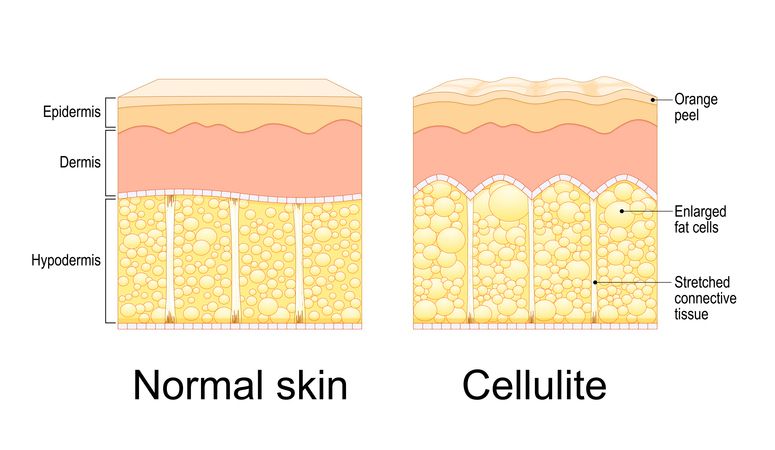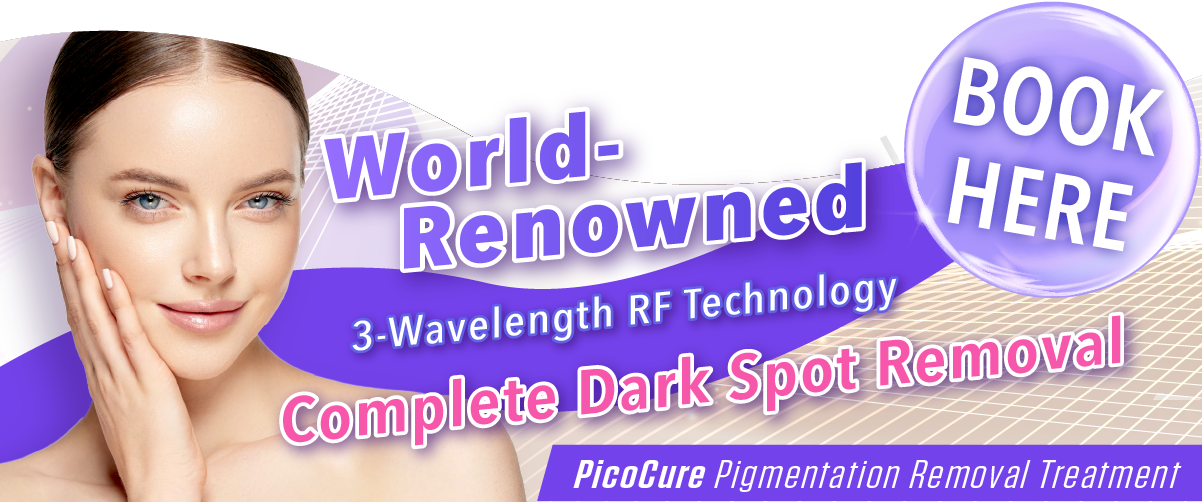
Author: Natalie Ng|Updated: 29 April 2025
Uneven skin tone is super common—whether it’s from acne marks, sun spots, or leftover tattoo ink, most of us have dealt with patches of darker or discolored skin at some point. That’s where Q switch laser can really help. This type of laser treatment uses short bursts of laser energy to break down extra skin pigments without messing with the surrounding skin. It’s a go-to option for pigmentation removal, skin brightening, and even tattoo removal. It can also improve skin texture, fade acne scars, and support your skin’s natural collagen production—all with very minimal downtime. Whether you’re curious about how Q switch laser compares to other options like pico lasers, or you’re just trying to find something that actually works for your skin concerns, this article will walk you through the top benefits in a simple, no-nonsense way. Stick around—we’ll break it all down and help you figure out if Q switch laser treatment is the right move for your skin.

Precise Targeting of Melanin Deposits
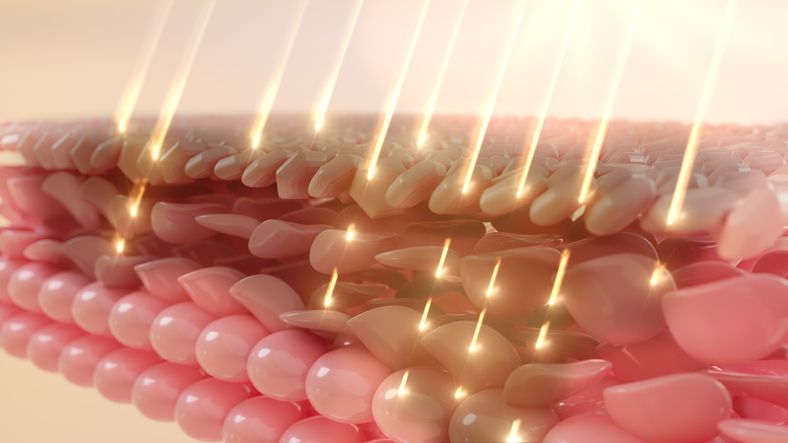
Q switch laser works by focusing on one thing: the melanin that causes dark spots and uneven skin tone. This kind of precision is what makes it a solid option for people dealing with pigmentation issues, whether from sun spots, acne marks, or natural skin pigmentations.
How it Works
The q switch laser uses very short bursts of laser light—called nanosecond pulses—to hit only the areas with extra pigment. These quick pulses of laser energy break down skin pigments into tiny particles.
The cool part? It leaves the surrounding skin alone. That means it doesn't damage healthy skin tissue while it works on the problem areas.
Once the pigment is broken down, your body’s immune system clears it out naturally over time. That’s why you start to see a more even overall skin tone after a few sessions.
Because it’s so precise, this treatment works well even on sensitive skin and darker skin tones, which can sometimes react badly to other lasers.
This kind of targeted pigmentation removal is key if you want clearer, smoother-looking skin without unnecessary side effects.

Minimal Downtime and Recovery
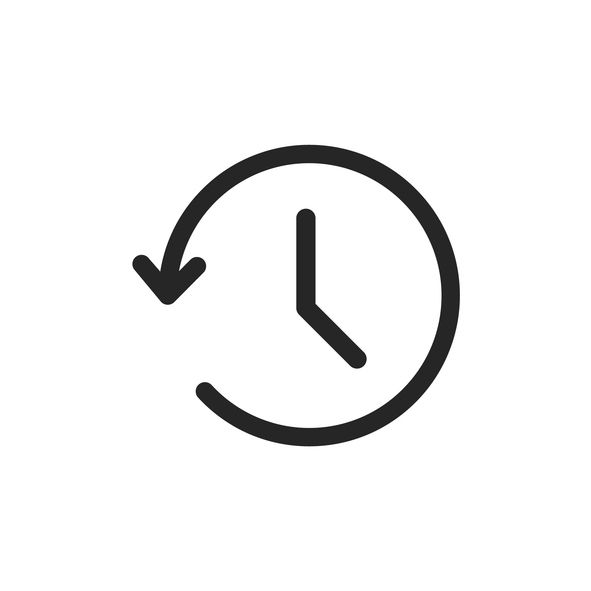
One of the biggest reasons people choose Q switch laser treatment is how little time it takes to recover. Unlike more intense skin resurfacing procedures, this one doesn’t leave you needing days off or hiding your face.
What to Expect After Treatment
The laser uses short bursts of laser energy that go deep into the skin without damaging the surface. Because of that, most people notice only mild effects right after the session. Here's what usually happens:
• Your skin might look slightly red for up to 48 hours
• You can use makeup again the next day
• Avoiding direct sun exposure for 1–2 weeks helps protect your results
• You can get back to your normal routine right awa
Even if you have sensitive skin, the procedure usually causes only slight discomfort, often described as feeling like tiny hot dots on the skin.
Why Minimal Downtime Matters
If you’re dealing with skin pigmentation issues but have a tight schedule, this is a good option. You don’t need to pause your daily life, and you won’t have to deal with peeling, scabbing, or extended healing time like you might with other lasers.
You’ll still need to follow some pre-treatment instructions and simple aftercare steps, like using sunscreen and avoiding harsh skincare products, but they won’t disrupt your routine. This makes Q switch laser therapy an ideal choice if you want visible improvements with minimal hassle.
Read More
Book Now to Experience
PicoCure Pigmentation Removal Treatment
1 Minute Self-Registration
Date should not be before minimal date

Long-Lasting Results for Pigmentation Issues

Q switch laser treatment can deliver solid results for skin pigmentation issues, but it’s not a one-time fix. While you’ll likely see clearer skin after a few sessions, keeping those results means staying consistent with care.
What You Can Expect
This treatment helps break down excess melanin and improves skin tone by targeting skin pigments deep in the dermal layers. After a full course of sessions, most people notice:
• Fewer age spots, acne marks, and patches of skin hyperpigmentation
• A more even and brighter overall skin tone
• Smoother skin texture
These improvements usually last 6 to 12 months, especially if you protect your skin from the sun and follow a good skincare routine. But your skin keeps changing. Sun exposure, hormones, and the natural aging process can cause more skin pigments to show up over time.
Maintenance Matters
To keep your skin clear, you'll probably need touch-up treatments every 12 to 18 months. These sessions help maintain the pigment reduction and support long-term skin brightening.
The treatment may also give a temporary boost in collagen production, which can slightly improve skin texture, but the main benefit is still pigment control.
Q switch laser therapy works best if you see it as part of a longer skincare plan, not a permanent solution. With the right habits and maintenance, though, you can hold onto those clearer-skin results for the long haul.

Safe for All Skin Types and Tones
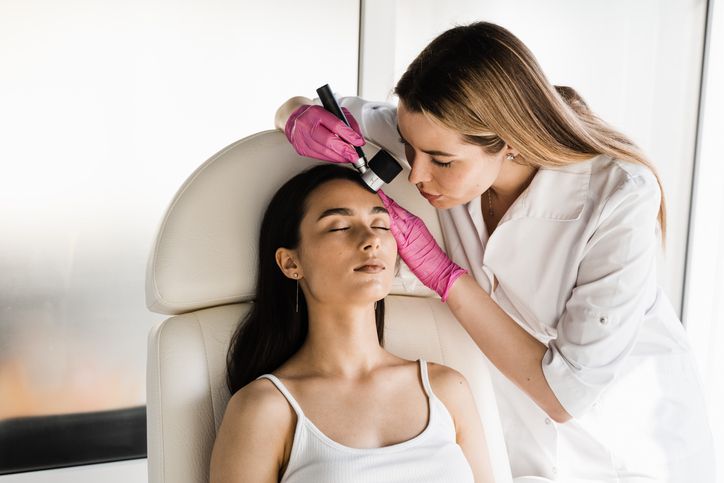
Q switch laser is often chosen because it can work safely on different skin types, including darker skin tones. That said, safety depends on using the right settings and working with someone who understands how your skin reacts to laser energy.
Why It’s Considered Safe
The laser works by targeting skin pigments without overheating the surrounding skin. It does this using ultra-short nanosecond pulses that break down pigment without causing deep skin damage.
This approach helps reduce the risk of post-inflammatory hyperpigmentation, which is a common side effect when treating darker skin with other lasers.
The laser’s settings—like wavelength, power, and pulse duration—can be adjusted based on your skin tone and pigment level. That means your treatment can be personalized for both safety and results.
Things to Keep in Mind
Even though q switch laser therapy is generally safe, there’s still some risk if it's used incorrectly—especially on deeper skin tones. Risks include:
• Hyperpigmentation
• Scarring
• Blistering from high-intensity settings
To avoid this, it’s important that your practitioner:
• Performs a proper skin evaluation before treatment
• Uses the right laser settings for your skin tone
• Gives you clear pre-treatment instructions and aftercare steps
If you have darker skin or sensitive skin, the right approach can make a big difference. Some people may also consider pico lasers, which use shorter pulse durations and may be gentler on higher melanin levels. Either way, what matters most is choosing an experienced provider who knows how to treat your skin safely.
Book Now to Experience
PicoCure Pigmentation Removal Treatment
1 Minute Self-Registration
Date should not be before minimal date

Customizable Treatment Intensity
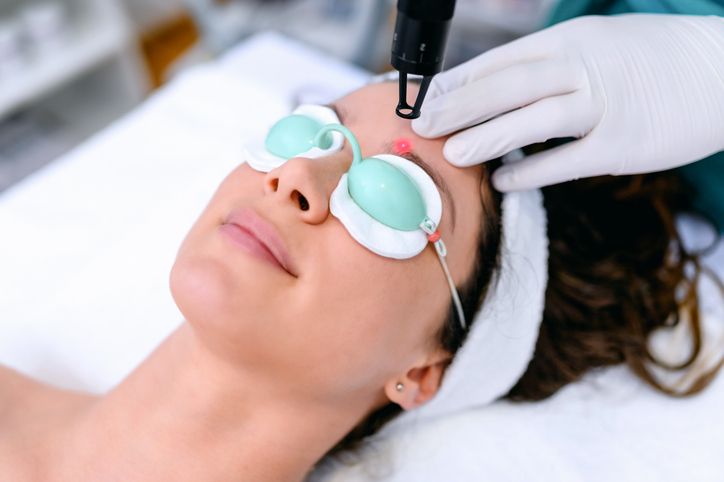
One of the strengths of Q switch laser treatment is how easily it can be adjusted to fit your skin’s needs. Not everyone has the same skin type, pigmentation level, or tolerance, so having customizable settings makes a big difference in both safety and results.
How It’s Adjusted
During your treatment, your provider can fine-tune the laser beam using several controls:
• Wavelength is chosen based on the depth and type of skin pigments
• Power settings are adjusted to deliver the right amount of laser energy without harming the surrounding skin
• Pulse duration helps target the pigment precisely, reducing the risk of side effects
• Treatment intervals are spaced out based on how quickly your skin heals
This means whether you're treating acne scars, tattoo ink, or just looking for skin brightening, the treatment can be personalized.
Why Personalization Matters
Some areas of the face or body may need more intensity, while others—like around the eyes—might need a gentler setting. If your skin is sensitive or you're new to laser treatments, your provider might start with lower energy levels and increase them gradually as your skin builds tolerance.
This level of control helps make Q switch laser therapy both effective and safe. It also helps reduce the chance of burns, hyperpigmentation, or discomfort during and after your sessions.
Custom settings mean your treatment is shaped around your skin—not the other way around. This is especially important if you're dealing with various skin concerns or treating areas that respond differently to laser technology.

Collagen Stimulation Benefits
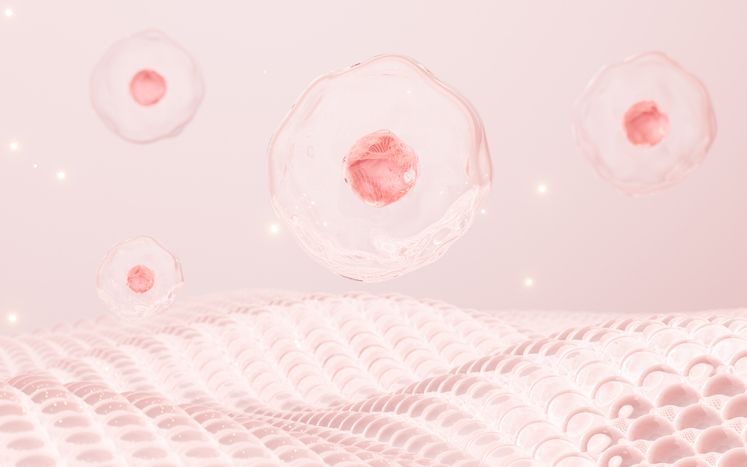
Q switch laser treatments are mainly used to target unwanted skin pigments, but they can also support mild collagen production as a secondary effect. While it’s not the primary purpose of this laser, the stimulation can lead to small improvements in how your skin looks and feels over time.
How Collagen Is Affected
The laser delivers short, high-intensity pulses of laser energy deep into the dermal layers. This controlled exposure encourages your skin to start a natural repair process. As part of that healing response, your body produces small amounts of new collagen in the treated areas.
This type of collagen production is not as intense as what you'd get from fractional CO2 lasers or microneedling, which are designed specifically for deeper skin remodeling. But with repeated Q switch laser therapy sessions, you might see gradual changes in:
• Skin texture
• Minor acne scars
• Early fine lines
These improvements are usually subtle and take time to develop. You won’t notice major tightening, but you might feel your skin getting smoother and looking healthier with consistent treatment.
What You Can Expect
If you’re using Q switch laser for skin pigmentation issues, the added collagen benefit is a bonus—especially if your concerns also include mild textural irregularities. Over time, people often report:
• Smoother skin in treated areas
• Slight firmness in zones with acne scars or past breakouts
• More even and refined skin texture
Still, it's important to understand that Q switch laser treatment isn’t designed for lifting or major collagen rebuilding. If your main concern is improving skin firmness or deep wrinkles, you’ll likely need a different type of laser or procedure.
But for those focused on pigmentation removal, skin brightening, and treating acne marks—with a small side benefit of better texture—Q switch laser offers a balanced and low-risk option.
Book Now to Experience
PicoCure Pigmentation Removal Treatment
1 Minute Self-Registration
Date should not be before minimal date

Effective Removal of Deep-Seated Pigments
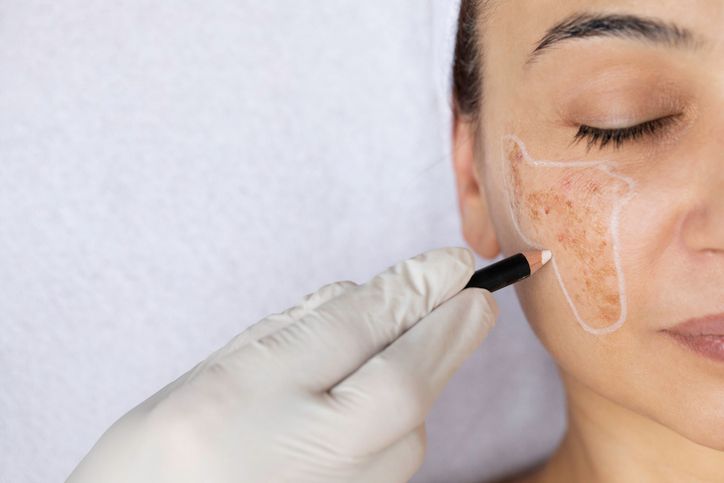
Q switch laser treatment is known for its ability to break down deeper skin pigments that other treatments often miss. Whether the pigmentation comes from sun damage, acne marks, or tattoo ink, this laser targets the pigment at its source without harming the surrounding skin.
How It Works on Deeper Pigments
The laser beam penetrates into the dermal layers using nanosecond pulses. These ultra-short bursts of laser energy break down dense pigment clusters into tiny fragments. Once broken down, your body’s immune system clears them out over time.
This makes Q switch laser effective for treating:
• Dark tattoo ink
• Deep melasma patches
• Acne scars with underlying pigmentation
• Sun spots and age-related pigmentation issues
Even in cases where pigmentation is rooted deeper in the skin, the laser’s specific wavelength allows it to reach those areas without damaging nearby tissue.
What to Keep in Mind
Removing deeper pigments usually takes more than one session. Your results will depend on several factors, including:
• The type and depth of pigment
• Your skin tone and sensitivit
• How your skin responds to laser energ
• The number of sessions completed
Some pigments—like older tattoos or long-standing melasma—may need multiple treatments to fade fully. In certain cases, pigment might not disappear entirely, but you can still expect a noticeable reduction.
Q switch laser therapy offers a targeted way to remove unwanted pigment while keeping the skin intact. It’s especially useful for those who want results without resorting to more invasive procedures.

Versatility in Treating Multiple Skin Concerns
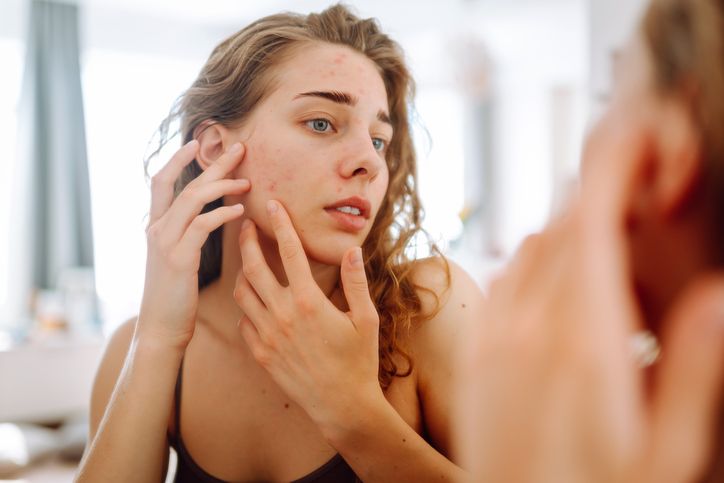
Q switch laser isn’t limited to just one issue. It’s a flexible treatment option that can help with a wide range of skin concerns, making it a practical choice if you’re dealing with more than one problem area at the same time.
What It Can Treat
Thanks to its ability to target pigment without damaging healthy skin, Q switch laser can be used for:
• Pigmentation removal – including sun spots, age spots, and uneven skin tone
• Tattoo removal – breaks down foreign pigments like tattoo ink
• Acne scars – reduces dark marks left behind after breakouts
• Skin brightening – improves dullness by removing excess skin pigments and dead skin cells
• Superficial facial hair – targets fine facial hairs that contain pigment
• Oil control – helps regulate oil glands and reduce shine
Because it works on both the surface and deeper layers of the skin, this laser can handle multiple skin issues at once—without needing separate treatments.
Why It’s Useful
This versatility means your practitioner can customize the session to your skin. For example:
• They might use a stronger setting for tattoo ink but a gentler one around sensitive areas like the cheeks.
• In one appointment, you could treat acne marks, remove a small tattoo, and brighten your overall skin tone.
It’s especially helpful if you want to improve your skin texture, tone, and clarity all in one go.
Q switch laser treatment allows for this kind of flexibility without increasing downtime or risk, making it a convenient option if you’re looking to treat various skin concerns efficiently.

Final Thoughts: Taking Your Results Further with PicoCure Pigmentation Removal Treatment
Q switch laser therapy is a reliable choice for reducing skin pigmentation, improving overall skin tone, and treating various skin concerns like acne scars, sun spots, and tattoo ink. But if you're looking for even more precise results—or if you’ve hit a plateau with standard laser treatments—there’s another option worth considering: PicoCure Pigmentation Removal Treatment.
How PicoCure Complements Q Switch Laser Treatment
PicoCure uses a combination of picosecond and nanosecond laser technology, allowing it to target both deep and superficial skin pigments with greater accuracy. While Q switch laser is effective at breaking down melanin clusters, PicoCure takes it a step further by breaking pigment particles into even finer fragments. This makes removal easier for the body and can lead to faster, more visible results—especially for stubborn pigmentation issues like melasma, acne marks, and age spots.
Both treatments use laser energy, but PicoCure delivers it at much higher speed, reducing the risk of skin damage and lowering discomfort levels during the session. It also offers a smoother experience for sensitive skin and darker skin tones, which are sometimes harder to treat with other lasers.
How PicoCure Works
PicoCure delivers quadruple-wavelength laser energy (1064nm, 650nm, 585nm, and 532nm) deep into the skin. Here's how it works:
1. Nanosecond pulses target large pigment clusters in the dermal layers.
2. Picosecond pulses break those clusters down into fine dust-like particles.
3. Your body’s immune system then removes these broken pigments naturally.
4. At the same time, the laser energy stimulates collagen production, which helps improve skin texture, tightens pores, and adds a subtle firming effect.
This process is safe, quick, and requires no downtime, making it a practical option if you want better results without interrupting your routine.
Advantages of PicoCure
• Targets multiple skin concerns including acne scars, pigmentation removal, skin brightening, and oil control
• Safe for various skin types, including darker skin tones and sensitive skin
• Non-invasive and low risk — no peeling, no long recovery, no burning sensation
• Improves collagen production to support longer-lasting improvements in overall skin tone and texture
• FDA-cleared and CE-certified for safety and effectiveness
If you're already seeing benefits from Q switch laser and want to improve your results even further—or if you're dealing with hard-to-treat pigmentation—PicoCure Pigmentation Removal Treatment could be the next step.
Book your session today and experience clearer, smoother skin—without the downtime.
New Beauty's PicoCure Pigmentation Removal TreatmentBook Now to Experience
PicoCure Pigmentation Removal Treatment
1 Minute Self-Registration
Date should not be before minimal date
FAQ
How Many Q Switch Laser Sessions Are Typically Needed for Optimal Results?
You'll typically need 4-8 Q-switch laser sessions for ideal results, with treatments spaced 2-4 weeks apart. Several factors determine your exact number of sessions: skin type, pigmentation severity, and specific concerns. Some patients see improvements after 2-3 sessions, while others might require up to 10 treatments. Maintenance sessions every 6-12 months help preserve your results.
Is Q Switch Laser Treatment Painful, and Is Anesthesia Required?
Most patients describe Q switch laser treatment as mildly uncomfortable rather than painful. You'll feel a sensation similar to a rubber band snap against your skin. While anesthesia isn't typically required, your provider may offer a topical numbing cream 30 minutes before treatment to minimize discomfort. The procedure's quick pulses and advanced cooling systems help make it quite tolerable for most people.
What Is the Average Cost per Session of Q Switch Laser Treatment?
Just like investing in a quality skincare routine, Q switch laser treatment requires a financial commitment. You'll typically spend between $200 to $500 per session, though prices can vary substantially based on your location, the clinic's reputation, and the size of the treatment area. High-end clinics in metropolitan areas might charge up to $800, while smaller cities often offer more competitive rates. Multiple sessions are usually needed for ideal results.
Can I Combine Q Switch Laser With Other Skin Treatments Simultaneously?
You can combine Q-switch laser with other treatments, but you'll need to space them properly. 1) Pair it with complementary treatments like chemical peels or microdermabrasion, waiting 2-3 weeks between sessions. 2) Don't combine with other laser treatments on the same day. 3) Consult your dermatologist first, as they'll create a personalized treatment plan based on your skin's needs and response to treatments.
How Soon After Q Switch Laser Treatment Can I Wear Makeup?
You'll need to wait 24-48 hours after your Q-switch laser treatment before applying makeup to allow your skin to heal properly. During this period, your skin is more sensitive and vulnerable to irritation. Once you resume wearing makeup, choose non-comedogenic products and apply them gently. It's also essential to guarantee your makeup brushes and applicators are clean to prevent any potential infections.
Recommended Articles
COPYRIGHT© NEW BEAUTY MANAGEMENT LIMITED 2025. ALL RIGHT RESERVED.

